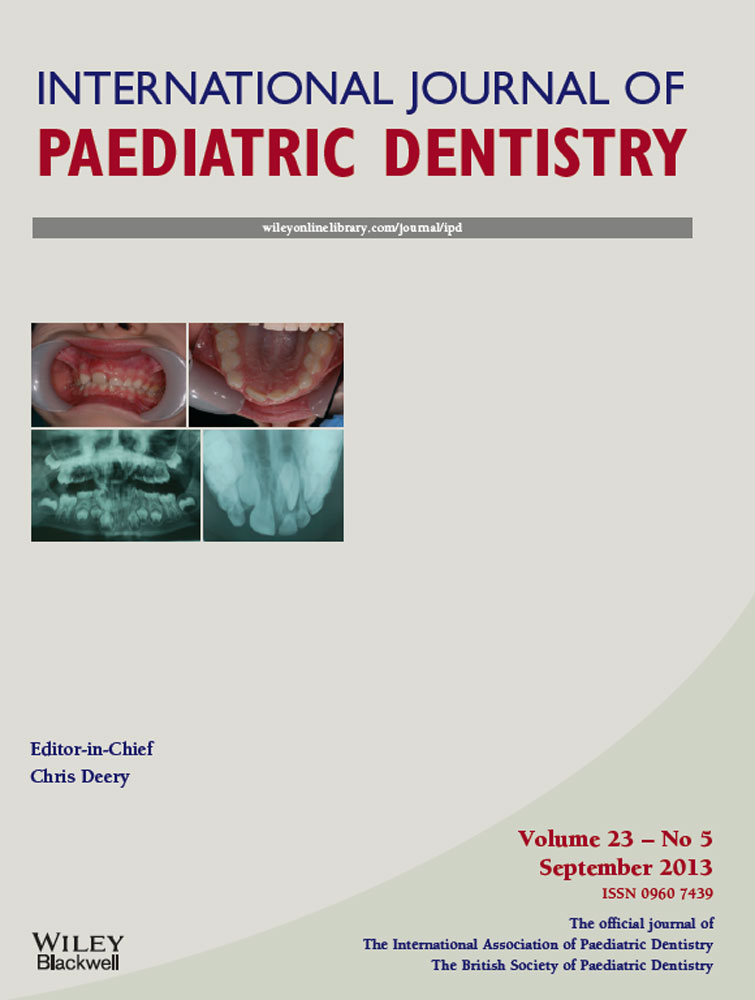Validation of the Hong Kong Oral Health Literacy Assessment Task for Paediatric Dentistry (HKOHLAT-P)
Abstract
Background
Oral health literacy is a newly emerging field with considerable research potential.
Aim
To validate an original instrument, the Hong Kong Oral Health Literacy Assessment Task (HKOHLAT-P) for paediatric dentistry.
Design
A convenient sample of 200 child/parent dyads attending a dental hospital in Hong Kong was selected. Convergent validity was tested by examining the association of HKOHLAT-P scores with those derived from the Test of Functional Health Literacy in Dentistry (TOFHLiD) and Hong Kong Rapid Estimate of Adult Literacy in Dentistry (HKREALD-30). The predictive validity of HKOHLAT-P was determined by testing the association between HKOHLAT-P and children's caries experience (dmft) and the Chinese Early Childhood Oral Health Impact Scale (ECOHIS). The test-retest reliability and internal consistency of HKOHLAT-P were also evaluated.
Results
HKOHLAT-P was positively correlated with TOFHLiD and HKREALD-30 (P < 0.01), and was negatively correlated with children's dmft and ECOHIS. In the regression model, HKOHLAT-P was associated with TOFHLiD, HKEALD-30, children's dmft, and ECOHIS (P < 0.05) after controlling for participants' demographic characteristics. The intra-class correlation coefficient of HKOHLAT-P was 0.63 and the Cronbach's α was 0.71.
Conclusion
Initial testing of HKOHLAT-P suggested that it is a valid and reliable instrument.




